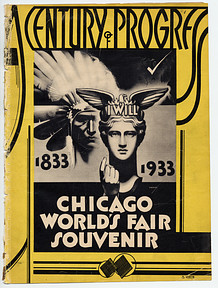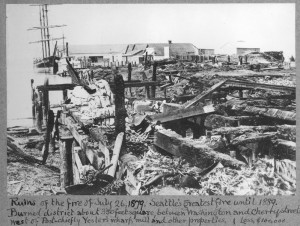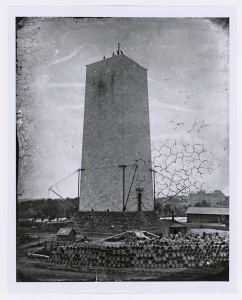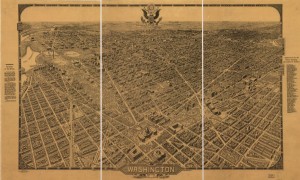When working with digital history, it’s important to know that the sites from which you’re gathering information are fully reliable, as not to taint your work with false information. It’s paramount that all websites are checked for factuality and are presented by a credible source, which requires a good look around the page itself and an inspection of its content.

A Century of Progress: The 1933-34 World’s Fair is a website dedicated to the Chicago World’s Fair from 1933-34. The site, created and run by the University of Chicago Library, was put together in 2004 and presents artifacts from and about the fair in a simple, archive style. Its simple layout allows visitors to easily search items by author, subject, title, or keyword, and provides hundreds of results ranging from pictures, newspaper articles, pamphlets, and documents, allowing for a new look at the happenings of the fair itself. This website primarily serves as a museum of sorts, allowing anyone to learn about the fair and view items and information from and about it in one accessible location. On the right hand side, it provides a statement about the website’s purpose, as well as a link to other sources of information. It’s backed by a viable source, has valuable information, and links to many other sites which could be of use to someone researching this topic, making it a credible and useful source.

The Great Seattle Fire, presented by the University of Washington Library, is an incredible collection of photographs from the historic fire that destroyed 25 Seattle city blocks in 1889. Upon being directed to the page, a small article describes the events of the fire, including what caused it and the results which followed. Links off to the right bring viewers to the actual photo collection, which allows you to look through pages of photographs detailing the area before, during, and after the blaze. Each photograph has a small description which gives all available information about what is pictured and who actually photographed the scene. In addition, the site provides links to other collections within the University of Washington Library which are in relation to the fire and the photographs. There is a bit of difficulty presented when searching for specific photos, as the only way to search seems to require you to search through the entire database of collections, rather than the single one you’re viewing, but with a few added keywords it certainly finds what you’re looking for. The site provides a plethora of visual information which is visibly credible and would be useful to anyone researching the fire itself, or the history of the area.




